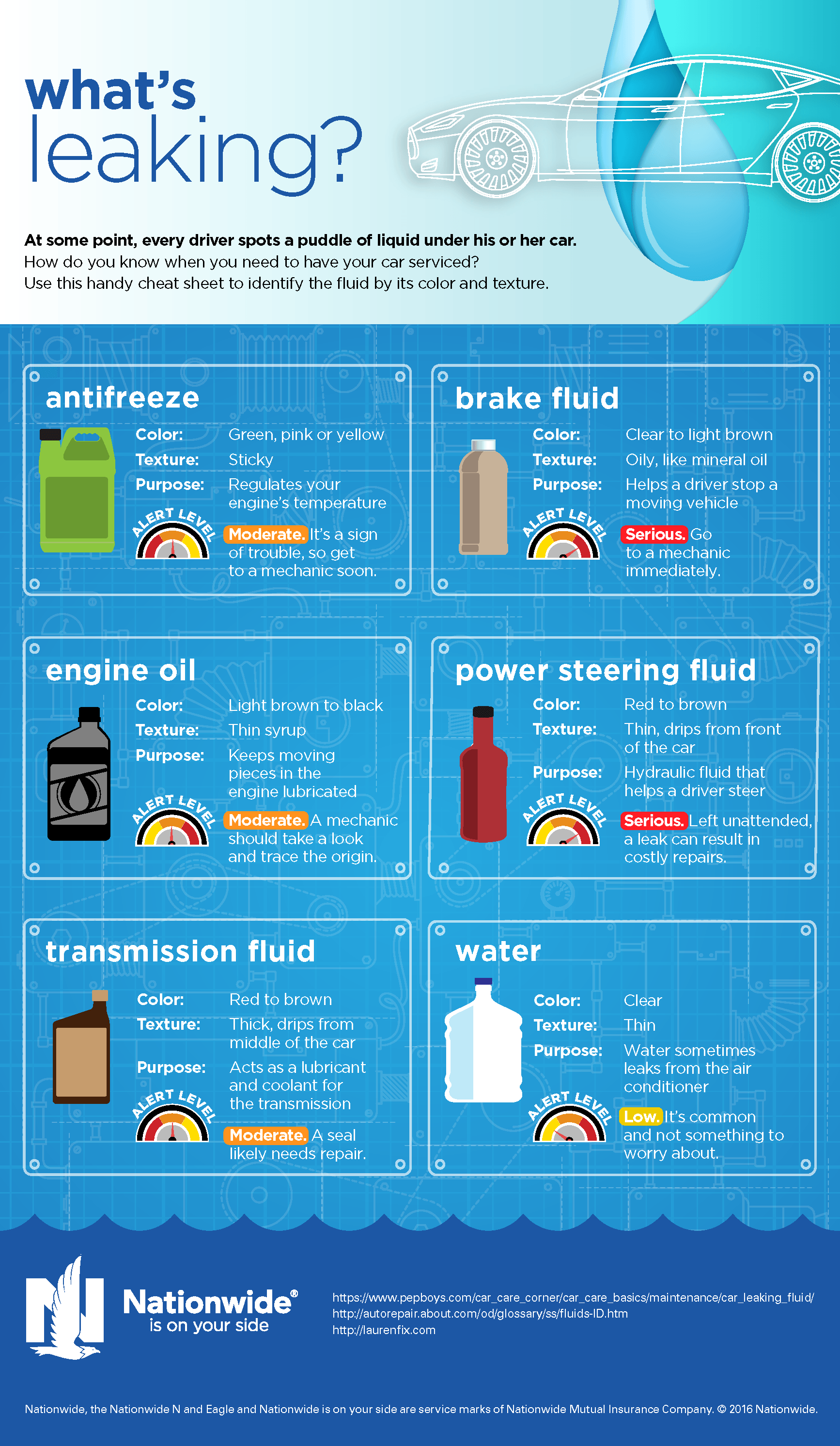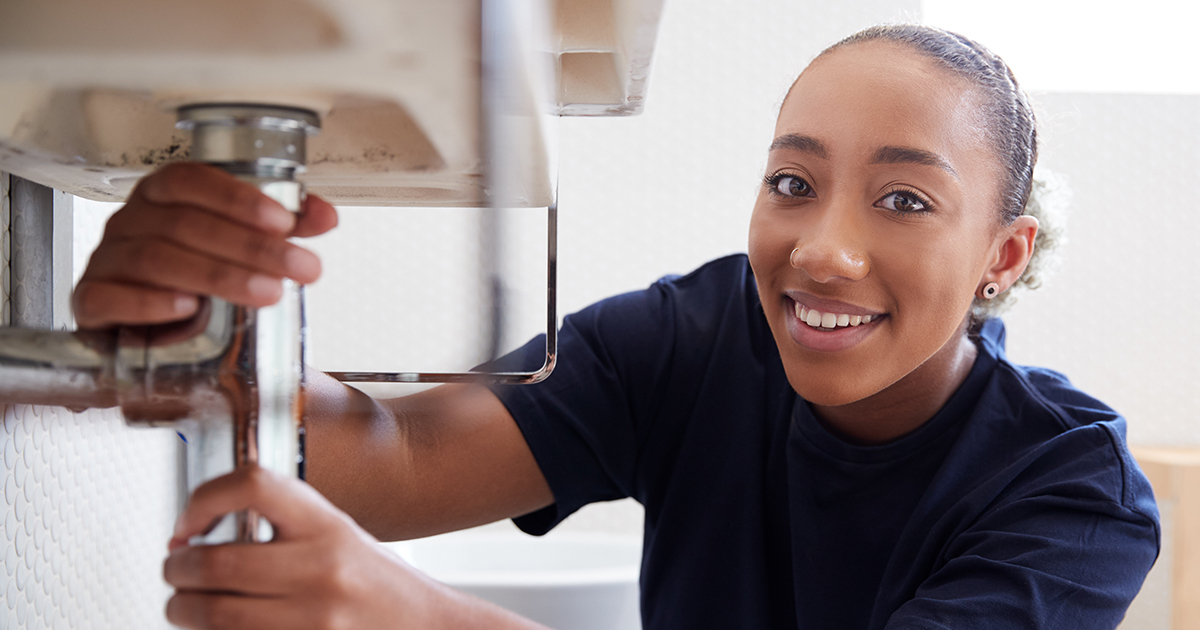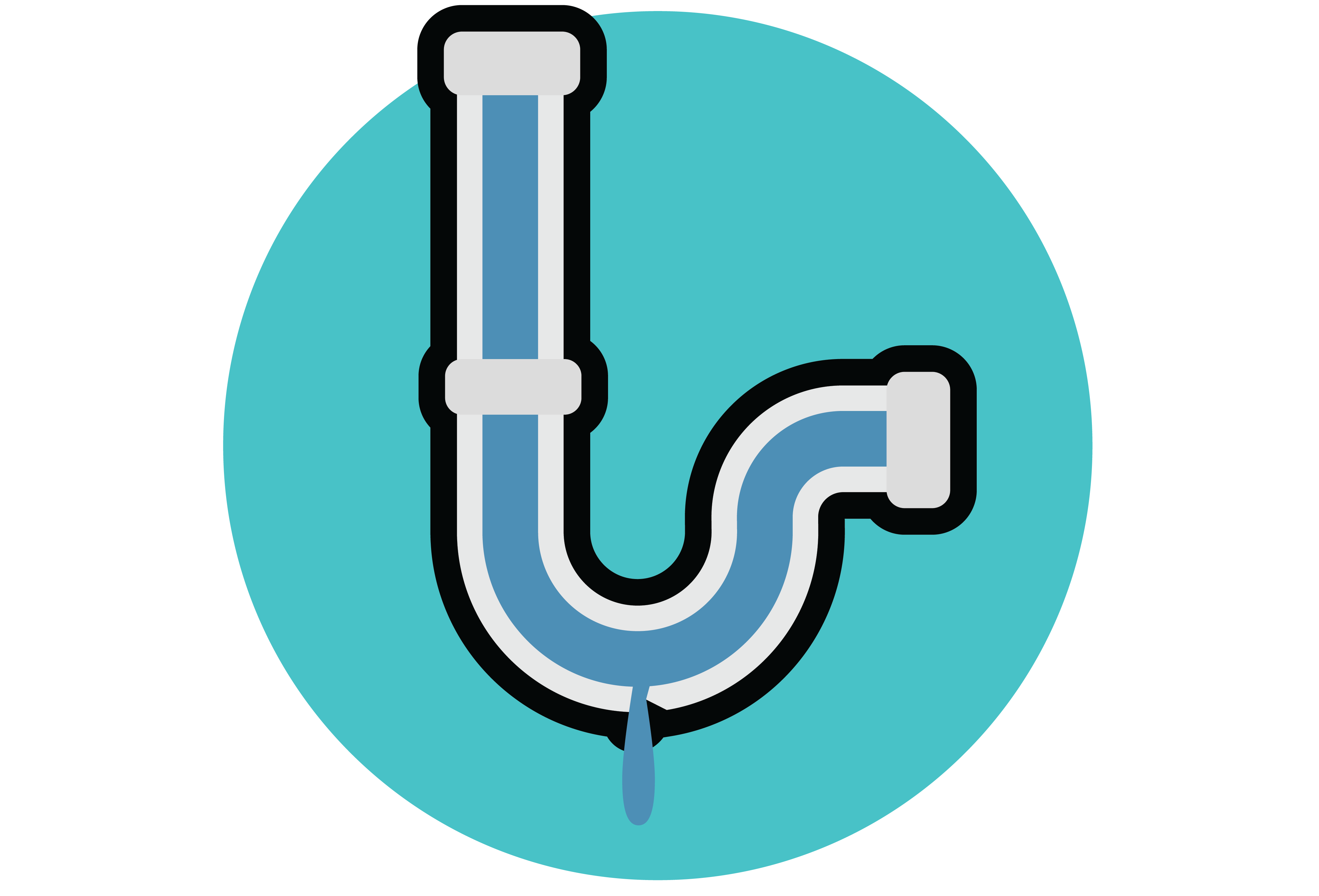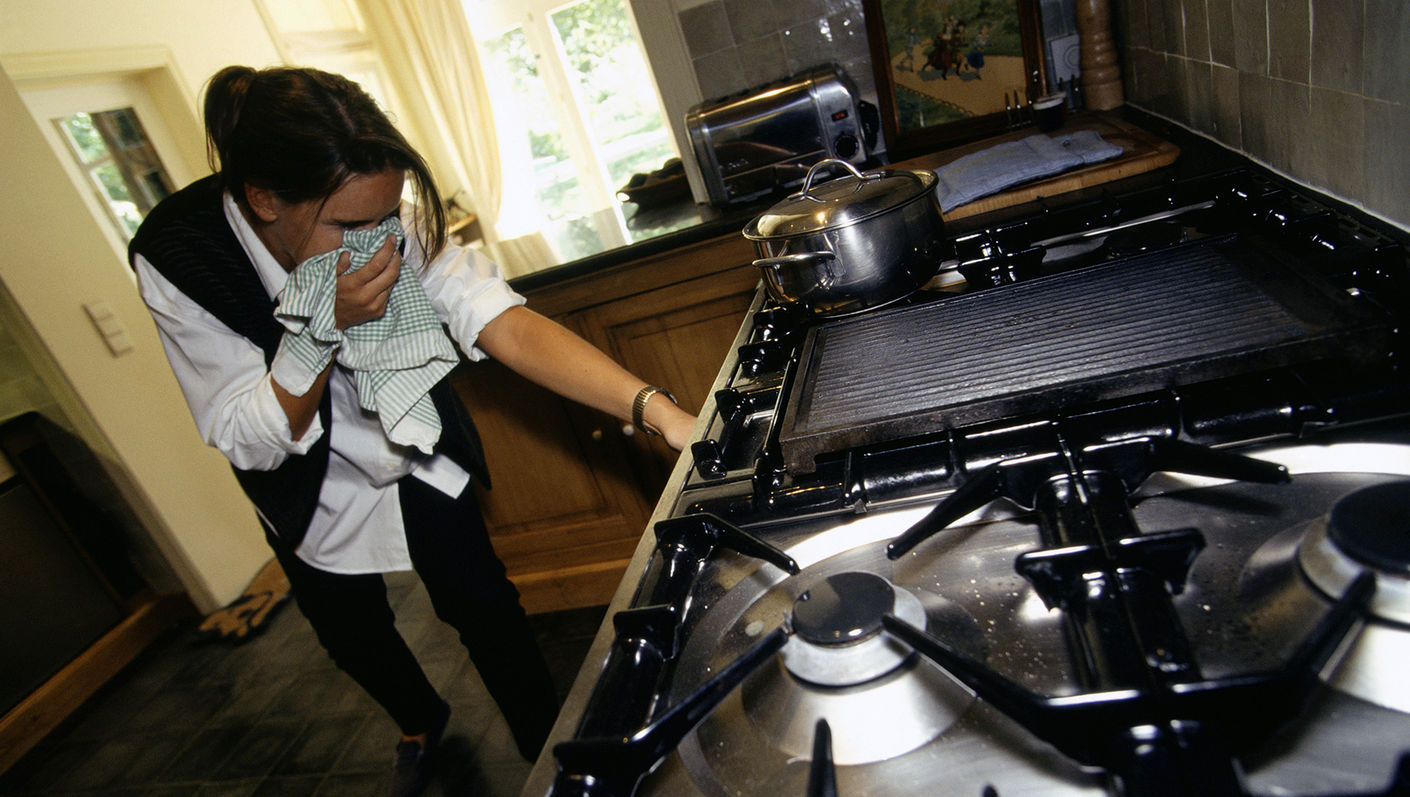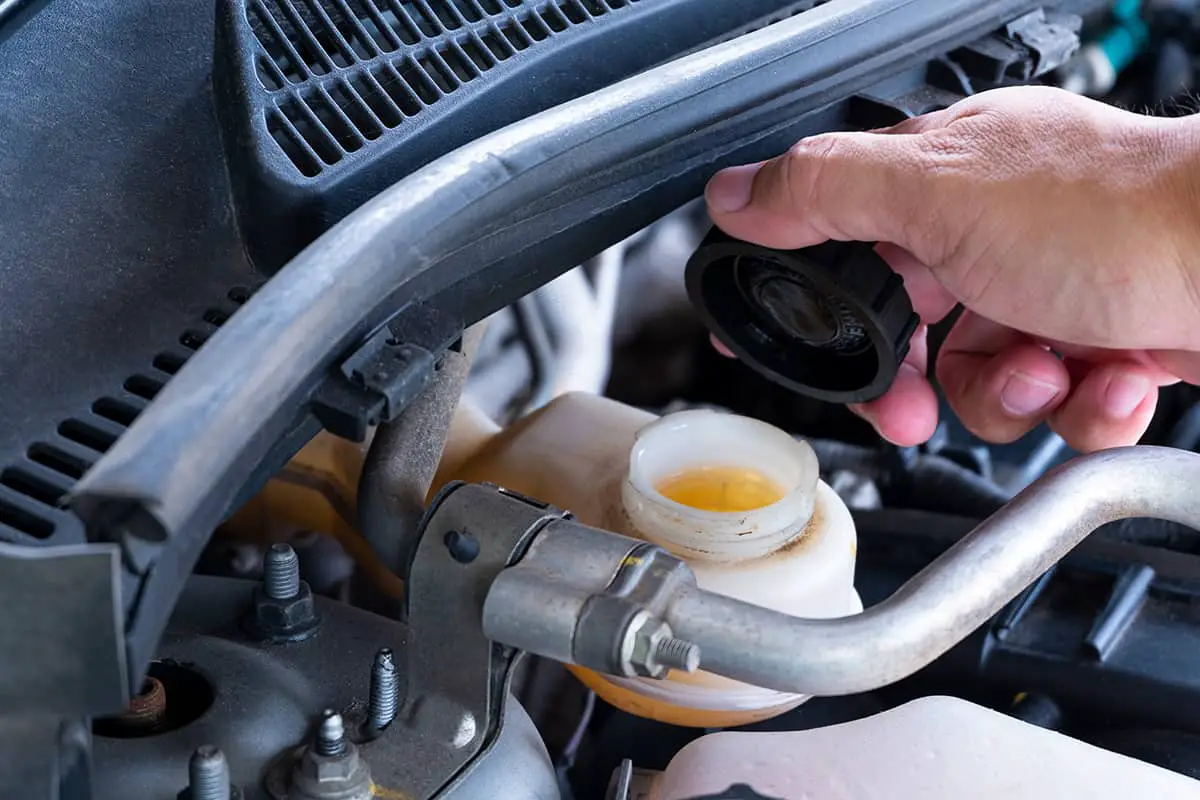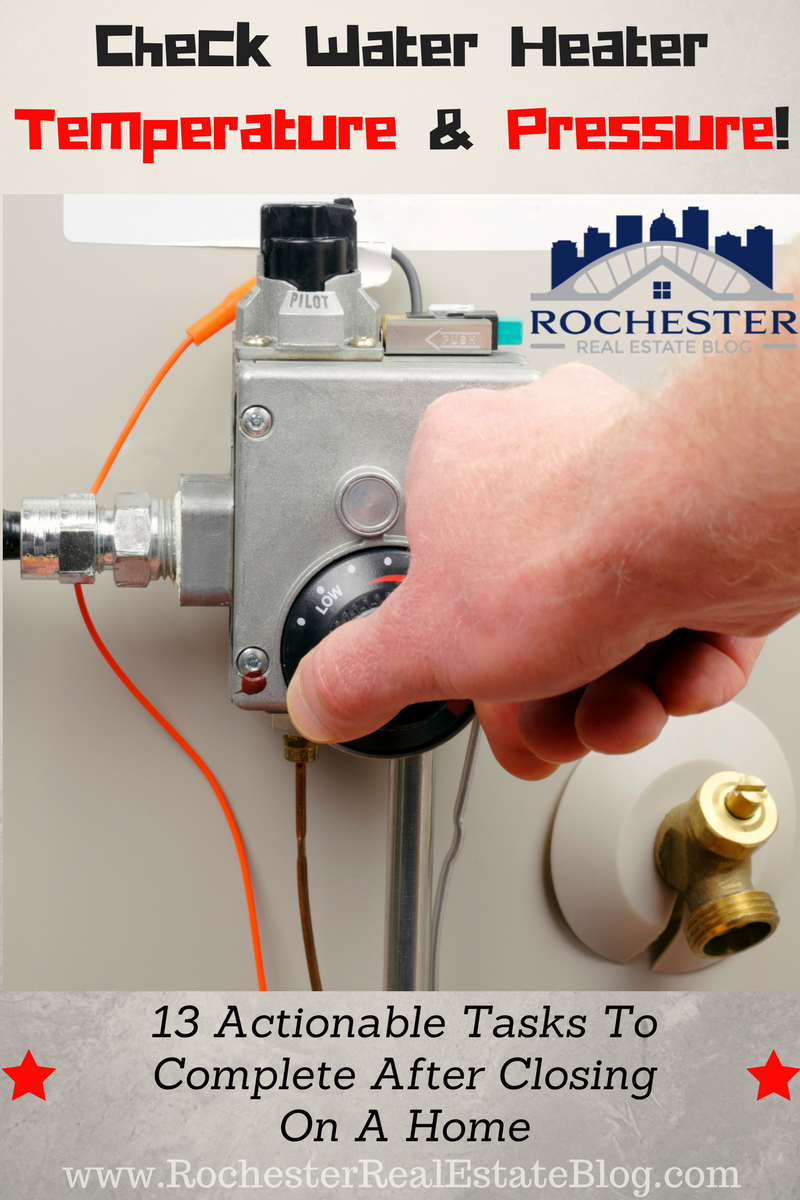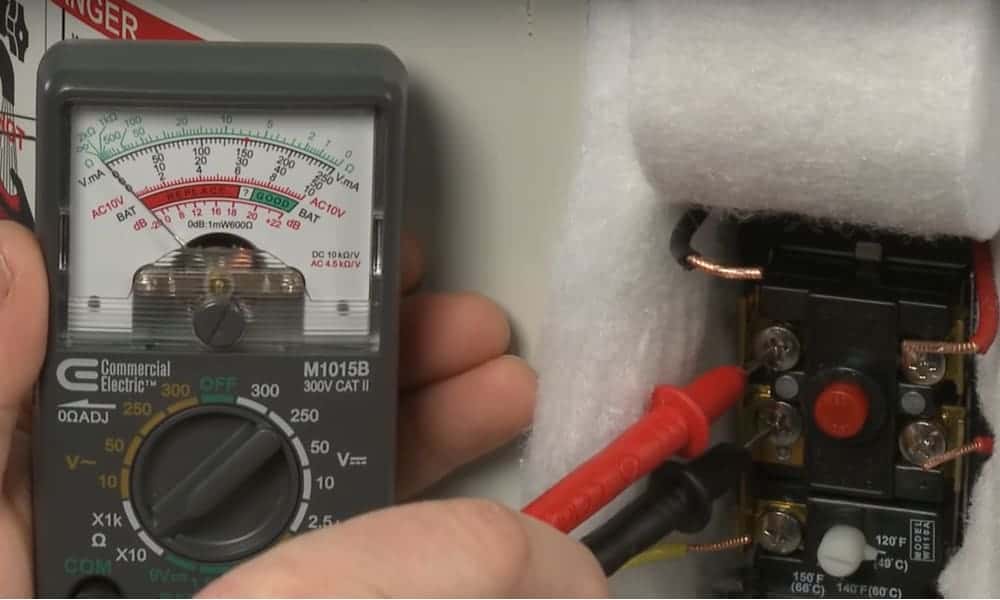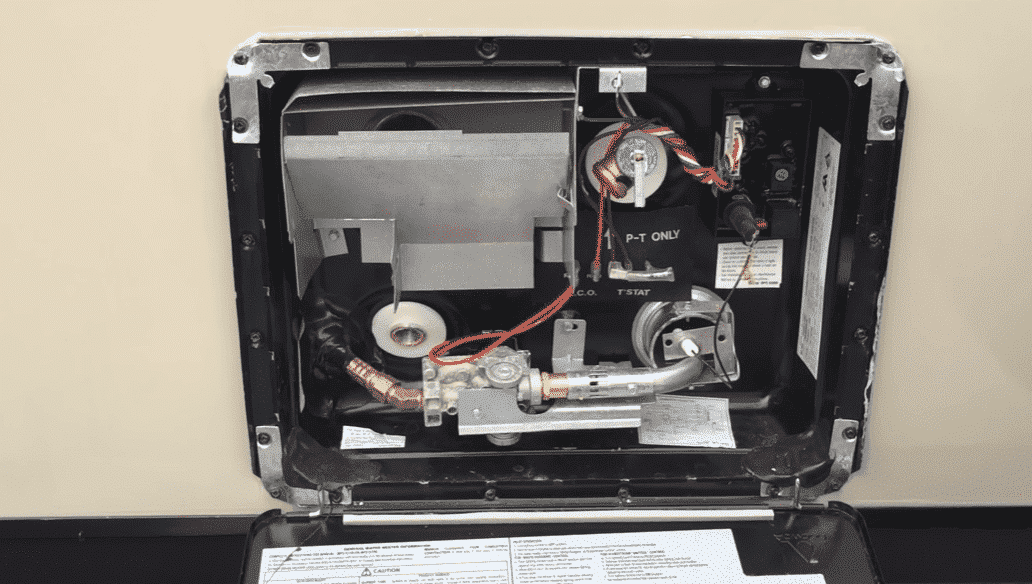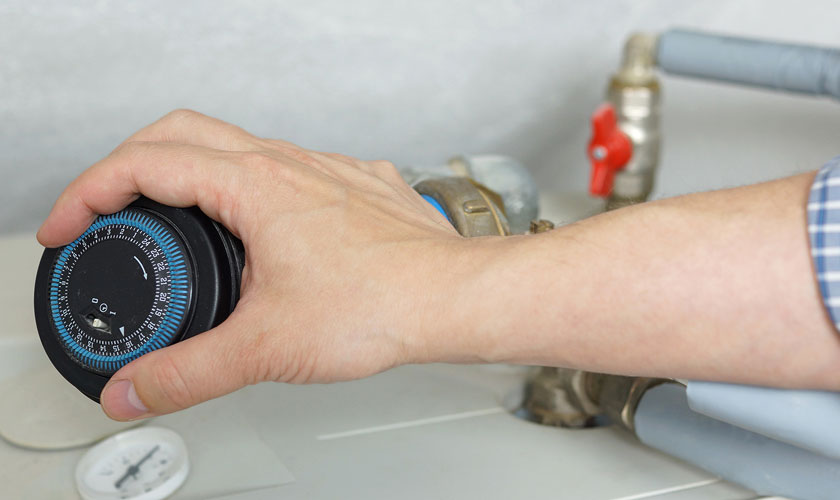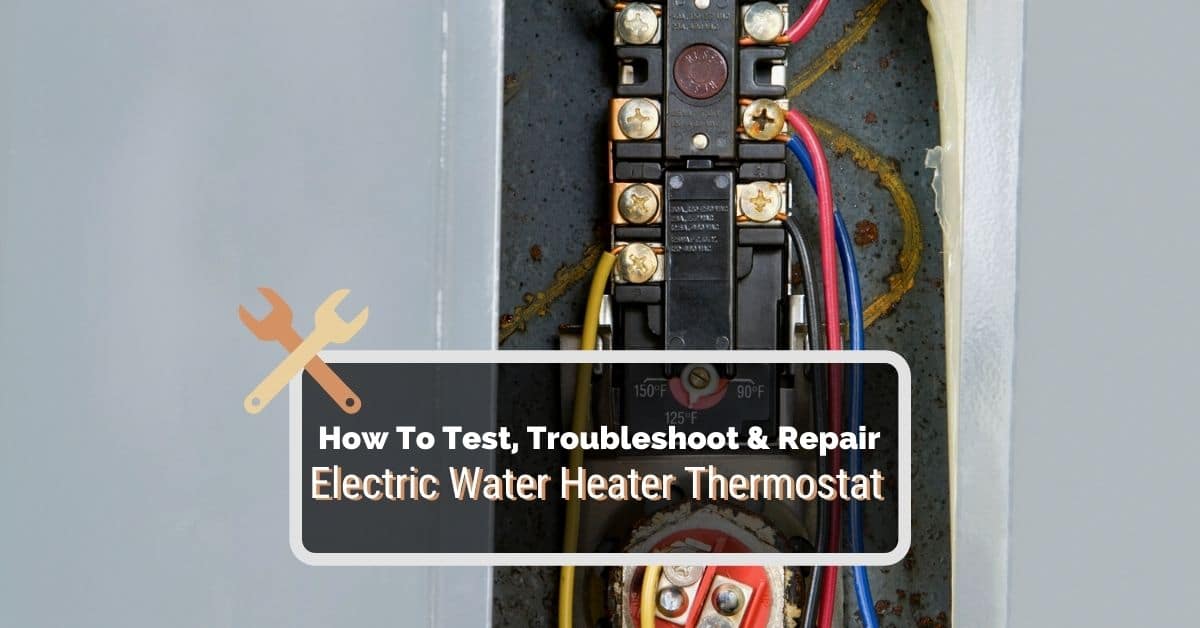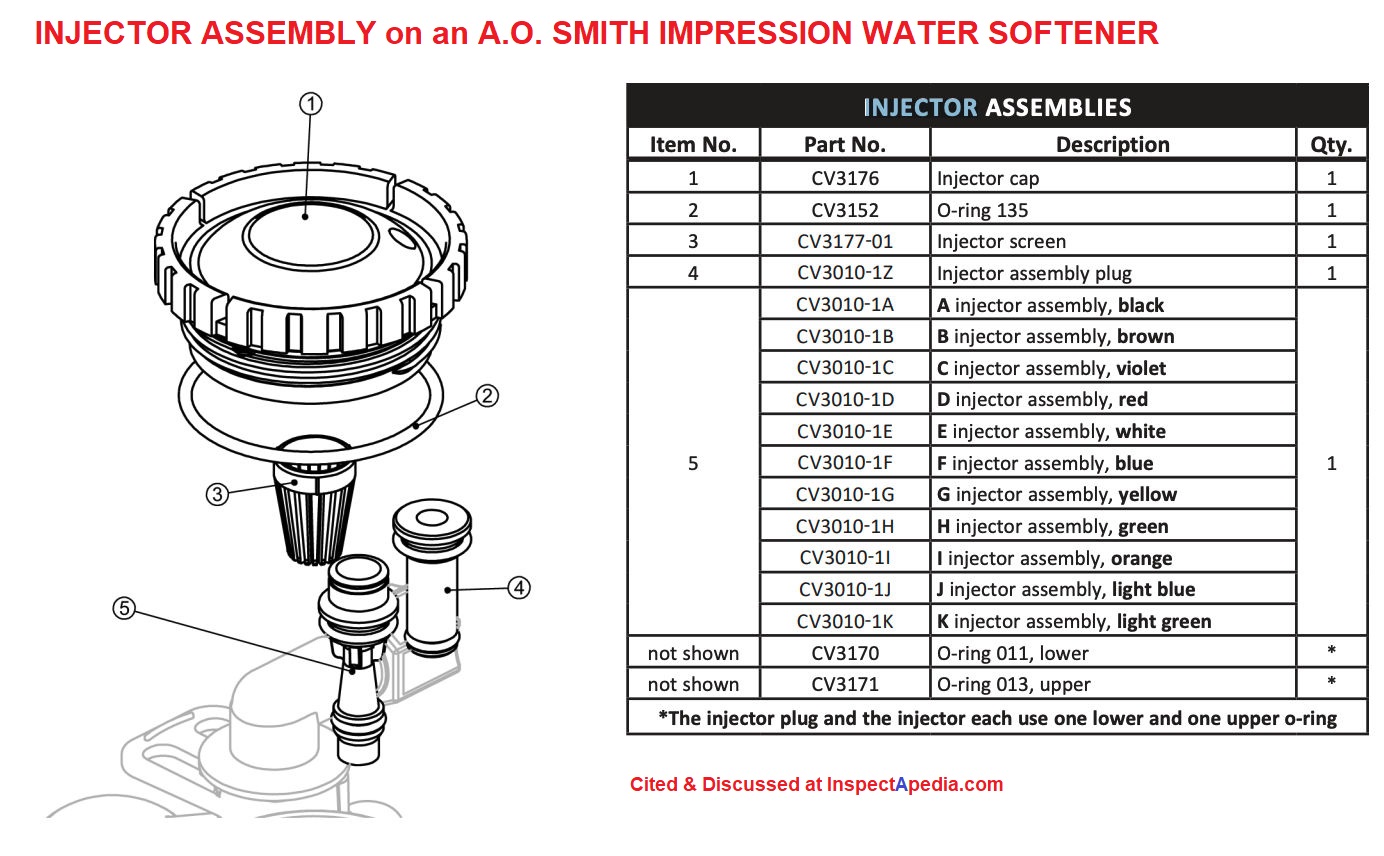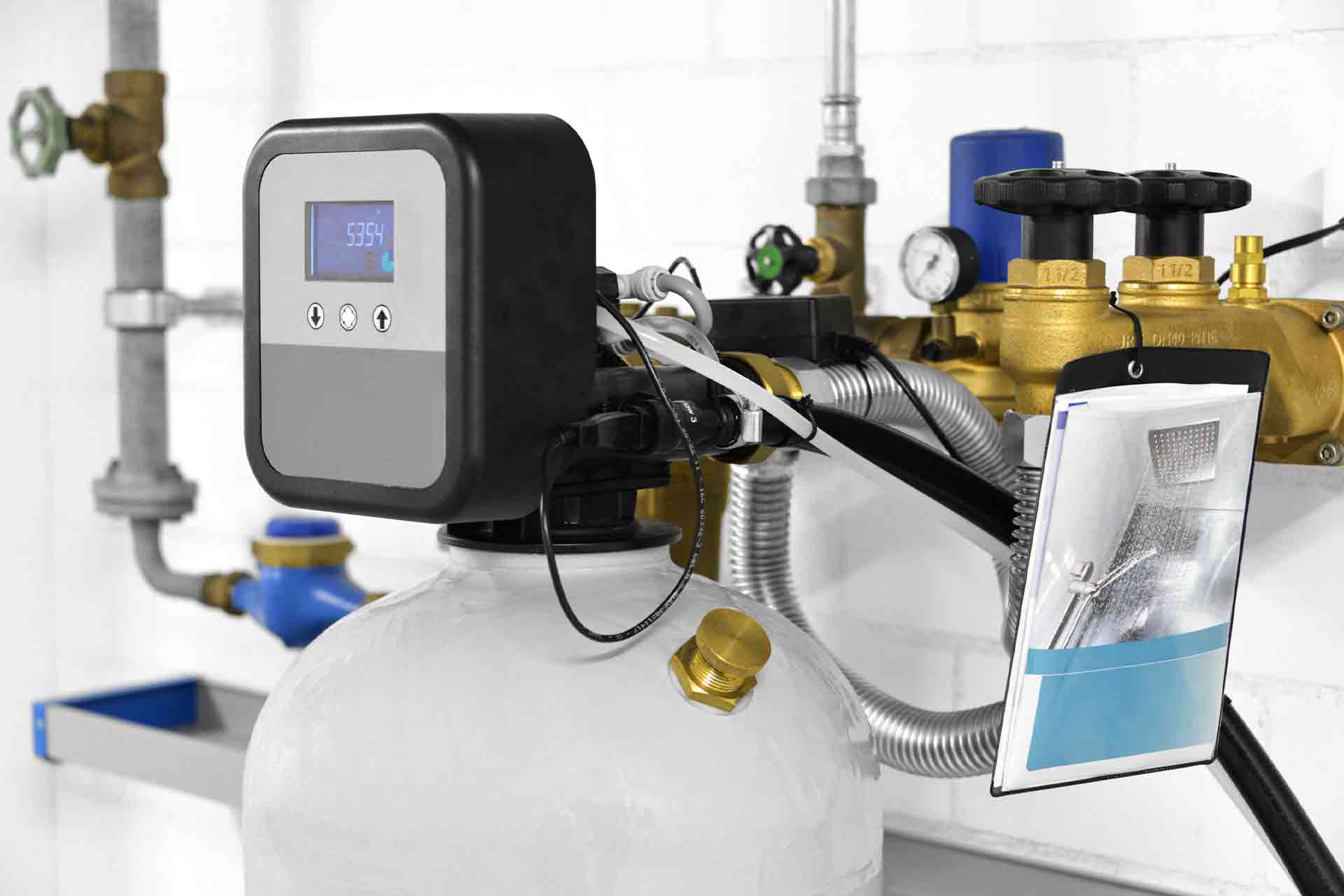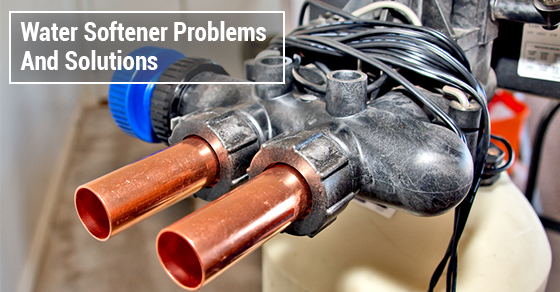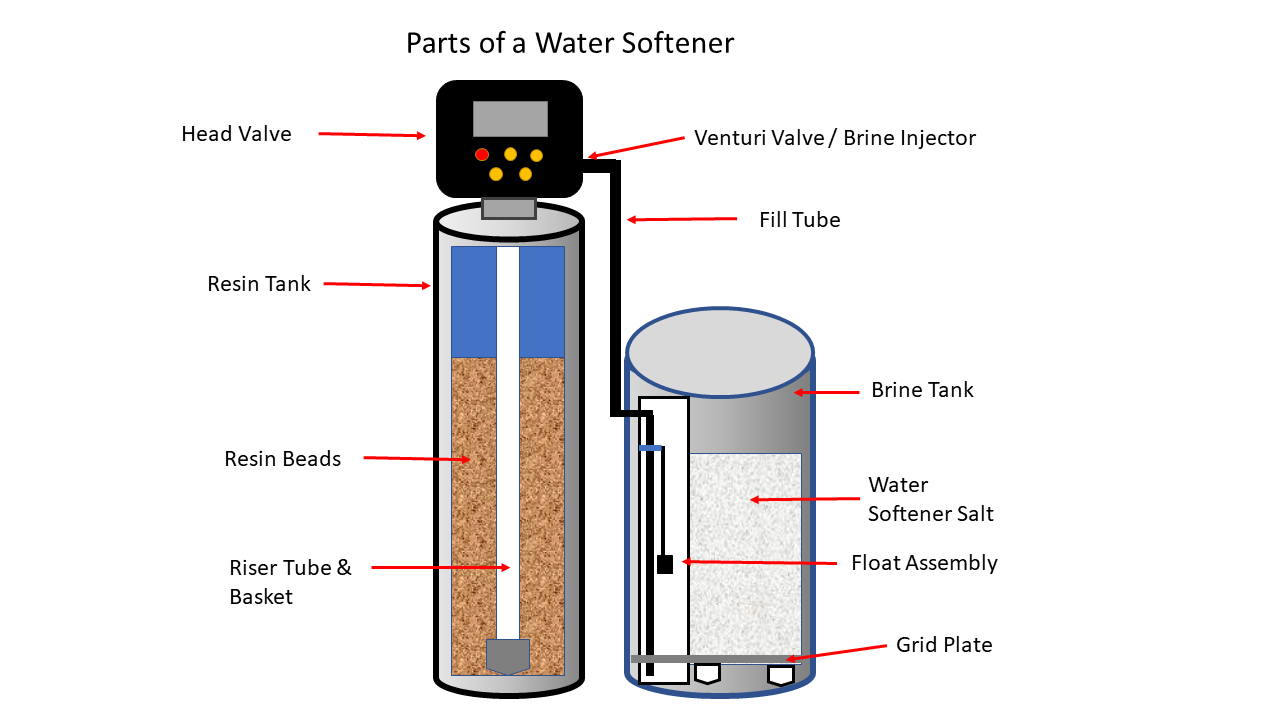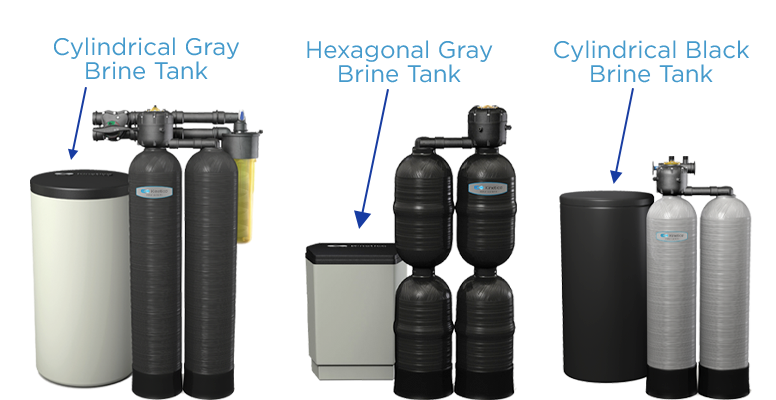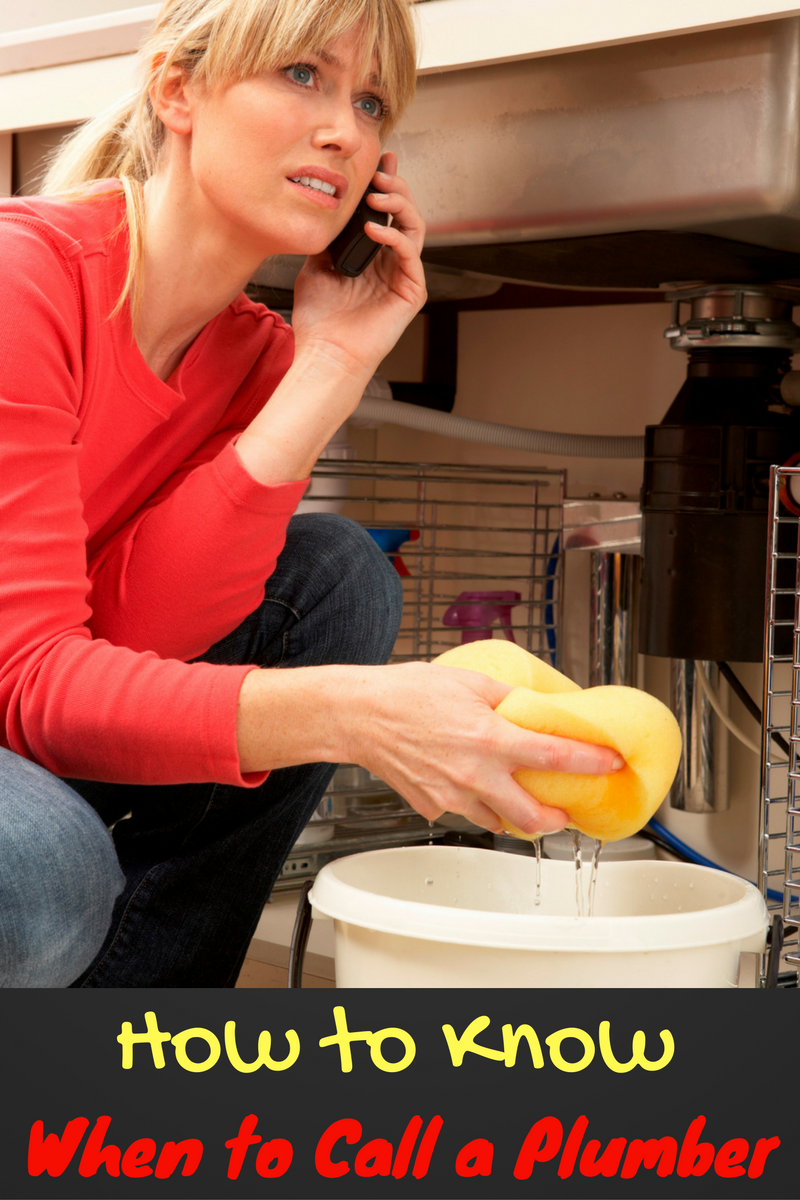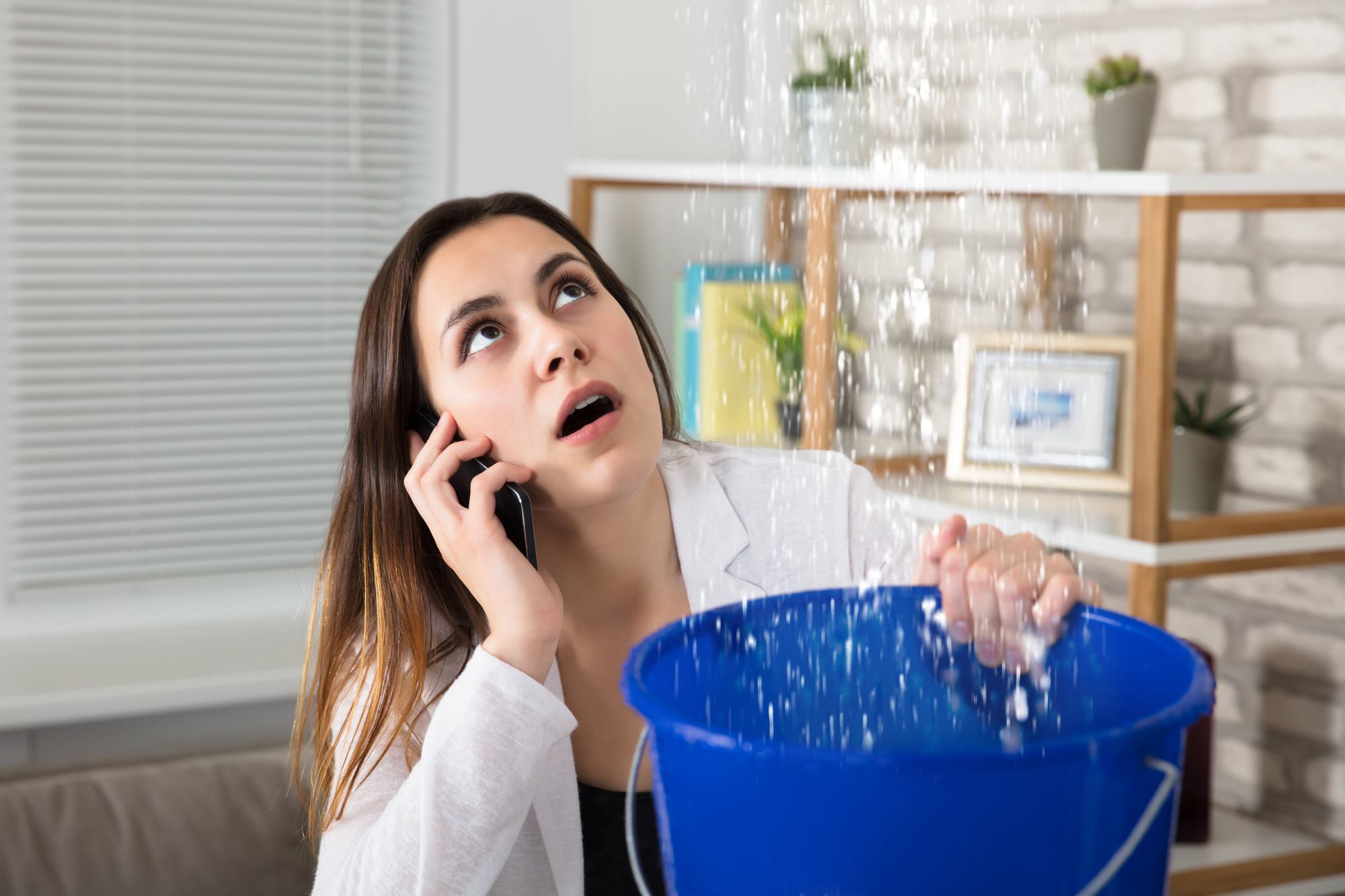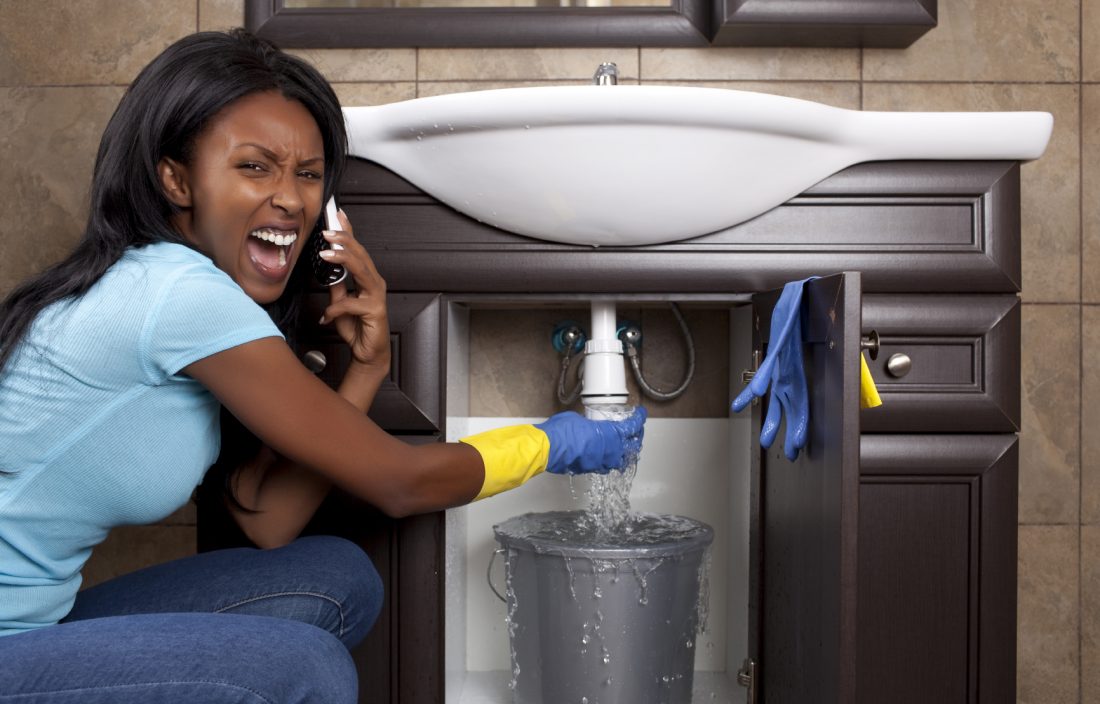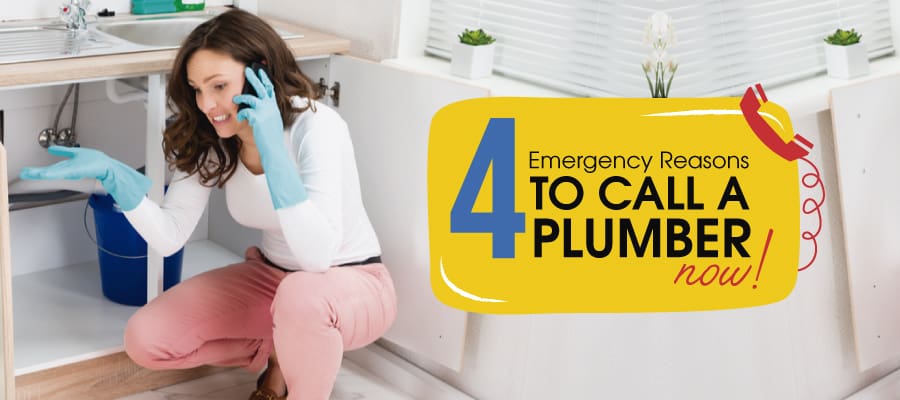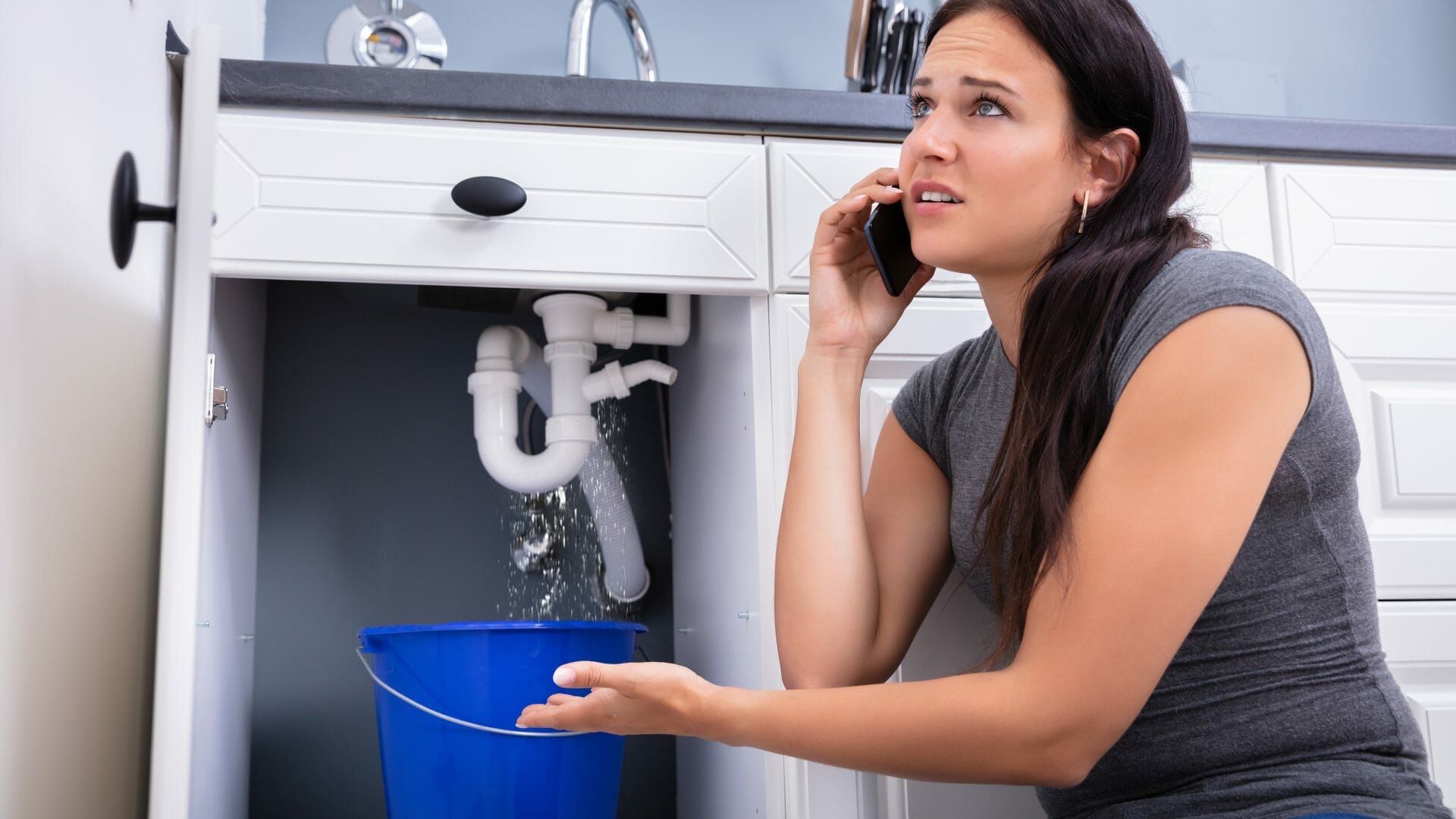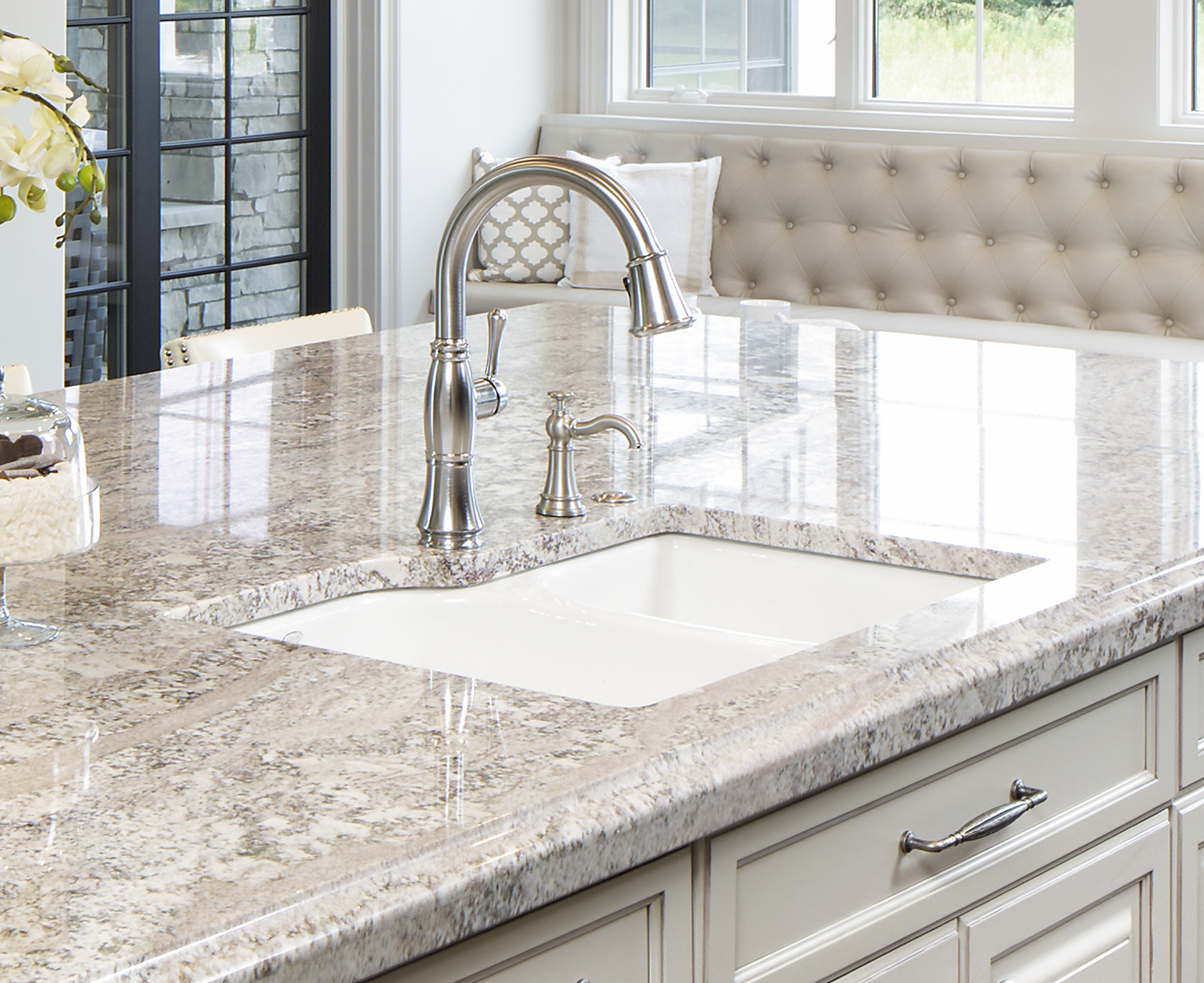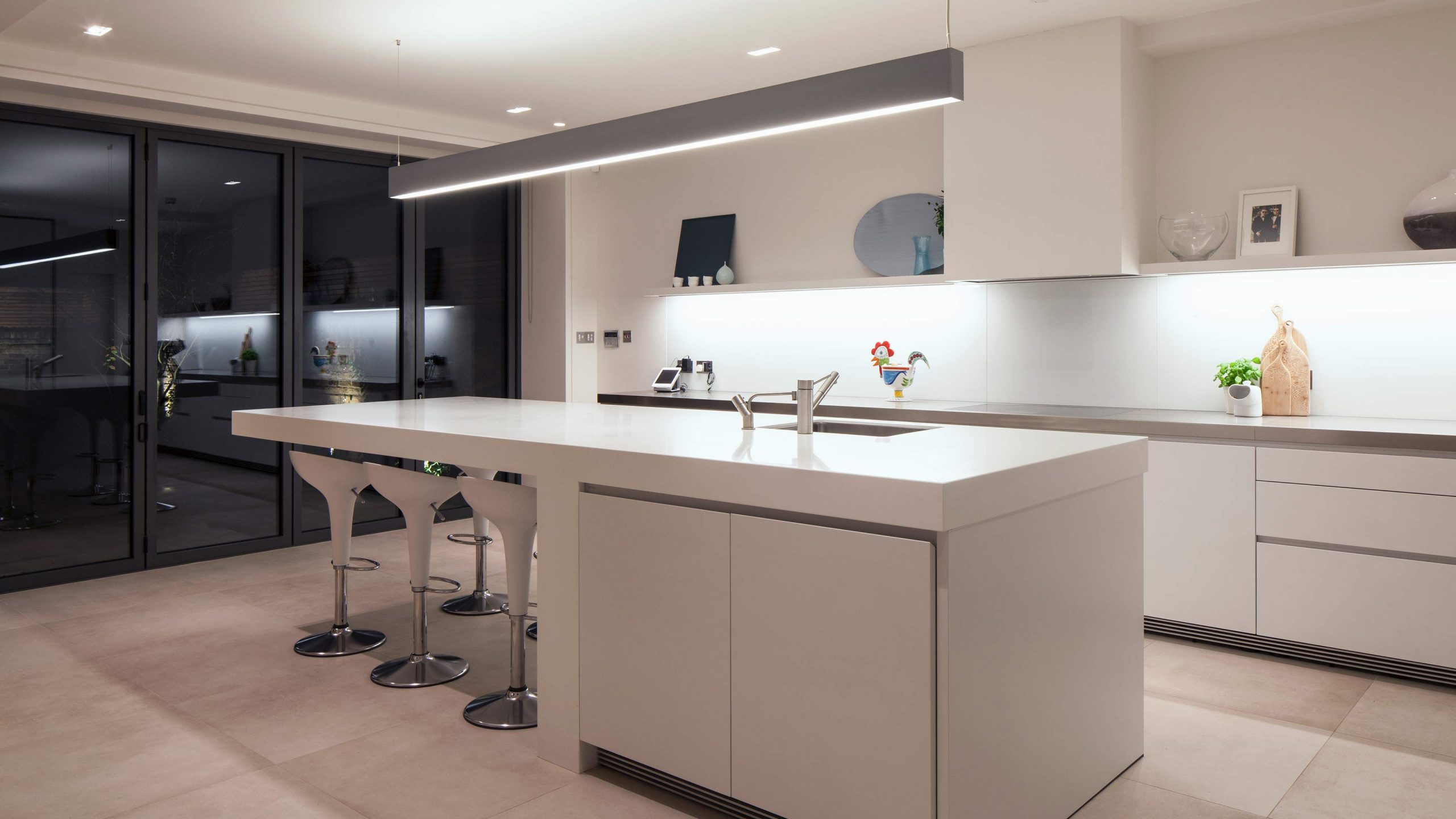If you're experiencing a loss of water pressure in your kitchen sink, the first thing you should check is the aerator. This small mesh screen is located at the end of your faucet and is responsible for filtering out debris and sediment from the water. Over time, the aerator can become clogged with mineral deposits or debris, leading to a decrease in water pressure. To check the aerator, simply unscrew it from the end of your faucet using pliers or your hands. Rinse it under running water and use a small brush to gently scrub away any buildup. If the aerator is beyond cleaning, you can easily replace it with a new one from your local hardware store.1. Check the aerator
Another common culprit for a loss of water pressure in your kitchen sink is the water supply. If there is a problem with the main water supply to your home or a specific issue with the water line leading to your kitchen, this can result in low water pressure. To check if this is the case, turn on a few other faucets in your home to see if they are also experiencing low pressure. If they are, the issue is likely with the water supply and you may need to contact your local water company for assistance.2. Check the water supply
Every sink has a shut-off valve located under the sink that controls the flow of water to the faucet. If this valve is not fully open, it can result in low water pressure. Check to make sure the valve is fully open and if it is, try turning it off and on a few times to see if that helps to increase the water pressure. If the valve is faulty, it may need to be replaced.3. Check the shut-off valve
If none of the above solutions have helped to increase the water pressure in your kitchen sink, the next step is to check the pipes for any clogs. Over time, debris and sediment can build up in the pipes, restricting the flow of water. To check for clogs, you can use a plumbing snake or a plunger to try and dislodge any blockages. If you are unable to locate or remove the clog, it may be time to call a professional plumber.4. Check the pipes for clogs
The faucet cartridge is another potential culprit for a loss of water pressure in your kitchen sink. This cartridge controls the flow of water and can become clogged with debris or worn out over time. To check the cartridge, you will need to disassemble the faucet and inspect it for any buildup or damage. If the cartridge is damaged, it will need to be replaced to restore proper water pressure.5. Check the faucet cartridge
The water pressure regulator is a valve that controls the flow of water into your home. If this valve is not functioning properly, it can result in low water pressure throughout your home, including in your kitchen sink. To check the water pressure regulator, you will need to locate it near the water main and check for any damage or wear. If it is faulty, it will need to be replaced by a professional plumber.6. Check the water pressure regulator
A loss of water pressure can also be caused by leaks in your plumbing. Check under your sink and around the pipes for any signs of leaks, such as water puddles or damp spots. Even a small leak can result in a significant loss of water pressure, so it's important to address any leaks as soon as possible.7. Check for leaks
If you have a tankless water heater, it may be the cause of your low water pressure. These types of water heaters require a certain flow rate to heat the water, so if the flow rate is too low, the heater may not turn on. Check your water heater's manual for the recommended flow rate and adjust accordingly if needed.8. Check the water heater
If you have a water softener in your home, it could be the cause of your low water pressure. A malfunctioning water softener can result in clogged pipes and reduced water pressure. Check the softener for any signs of damage or wear and consider having it serviced by a professional if necessary.9. Check the water softener
If you've tried all of the above solutions and are still experiencing a loss of water pressure in your kitchen sink, it's time to call a professional plumber. They will have the expertise and tools to diagnose and fix the issue, ensuring that your kitchen sink has proper water pressure once again. Don't let a loss of water pressure in your kitchen sink go unaddressed. By following these tips and checking for common causes, you can easily restore proper water pressure and enjoy a fully functioning kitchen sink. Whether it's a simple fix like cleaning the aerator or a more complex issue, it's always best to address water pressure problems sooner rather than later.10. Call a plumber
The Importance of Maintaining Water Pressure in Your Kitchen Sink

The Heart of Your Home
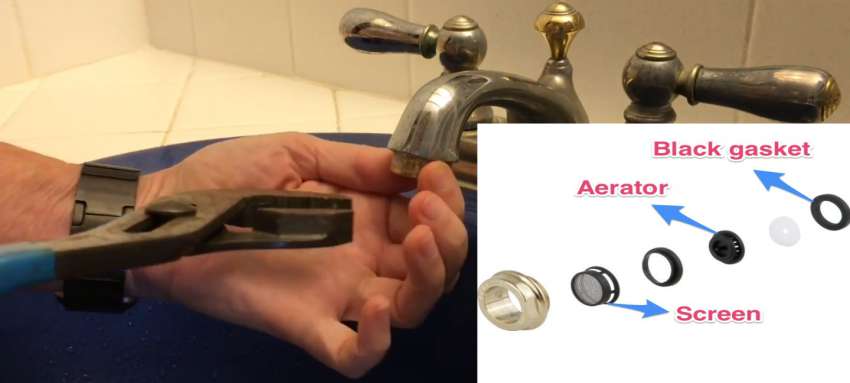 Your kitchen sink is an essential part of your home. It is where you prepare meals, wash dishes, and fill up glasses with refreshing water. However, the functionality of your kitchen sink greatly relies on the water pressure. When you experience a loss of water pressure in your kitchen sink, it can greatly disrupt your daily routine and make even simple tasks seem like a chore. This is why it is crucial to address any issues with water pressure in your kitchen sink as soon as possible.
Your kitchen sink is an essential part of your home. It is where you prepare meals, wash dishes, and fill up glasses with refreshing water. However, the functionality of your kitchen sink greatly relies on the water pressure. When you experience a loss of water pressure in your kitchen sink, it can greatly disrupt your daily routine and make even simple tasks seem like a chore. This is why it is crucial to address any issues with water pressure in your kitchen sink as soon as possible.
The Culprit: Clogged Pipes
 One of the main reasons for a loss of water pressure in your kitchen sink is clogged pipes. Over time, debris and mineral buildup can accumulate in your pipes, causing blockages that restrict the flow of water. This can happen in both the hot and cold water pipes, making it difficult to determine the exact cause of the issue. It is important to regularly clean and maintain your pipes to prevent clogs and maintain proper water pressure.
One of the main reasons for a loss of water pressure in your kitchen sink is clogged pipes. Over time, debris and mineral buildup can accumulate in your pipes, causing blockages that restrict the flow of water. This can happen in both the hot and cold water pipes, making it difficult to determine the exact cause of the issue. It is important to regularly clean and maintain your pipes to prevent clogs and maintain proper water pressure.
Other Factors to Consider
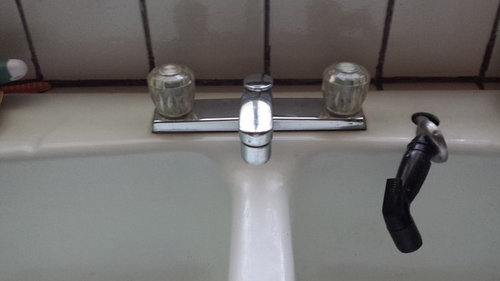 In addition to clogged pipes, there are other factors that can contribute to a loss of water pressure in your kitchen sink. These include outdated plumbing fixtures, faulty pressure regulators, and water leaks. If you notice a sudden decrease in water pressure, it is important to check for these potential issues and address them accordingly. Ignoring the problem can lead to more serious and costly repairs in the future.
Proper Maintenance is Key
In order to maintain proper water pressure in your kitchen sink, it is important to regularly inspect and maintain your plumbing system. This includes checking for leaks, cleaning pipes and fixtures, and replacing any outdated or faulty components. It is also helpful to invest in a water pressure gauge to regularly monitor the pressure in your pipes and catch any issues early on.
Conclusion
Your kitchen sink is a vital part of your home, and maintaining proper water pressure is essential for its functionality. By understanding the common causes of a loss of water pressure and regularly maintaining your plumbing system, you can ensure that your kitchen sink continues to serve its purpose effectively. Don't wait for a small issue to turn into a major problem - take care of your kitchen sink and enjoy a steady flow of water for all your daily needs.
In addition to clogged pipes, there are other factors that can contribute to a loss of water pressure in your kitchen sink. These include outdated plumbing fixtures, faulty pressure regulators, and water leaks. If you notice a sudden decrease in water pressure, it is important to check for these potential issues and address them accordingly. Ignoring the problem can lead to more serious and costly repairs in the future.
Proper Maintenance is Key
In order to maintain proper water pressure in your kitchen sink, it is important to regularly inspect and maintain your plumbing system. This includes checking for leaks, cleaning pipes and fixtures, and replacing any outdated or faulty components. It is also helpful to invest in a water pressure gauge to regularly monitor the pressure in your pipes and catch any issues early on.
Conclusion
Your kitchen sink is a vital part of your home, and maintaining proper water pressure is essential for its functionality. By understanding the common causes of a loss of water pressure and regularly maintaining your plumbing system, you can ensure that your kitchen sink continues to serve its purpose effectively. Don't wait for a small issue to turn into a major problem - take care of your kitchen sink and enjoy a steady flow of water for all your daily needs.


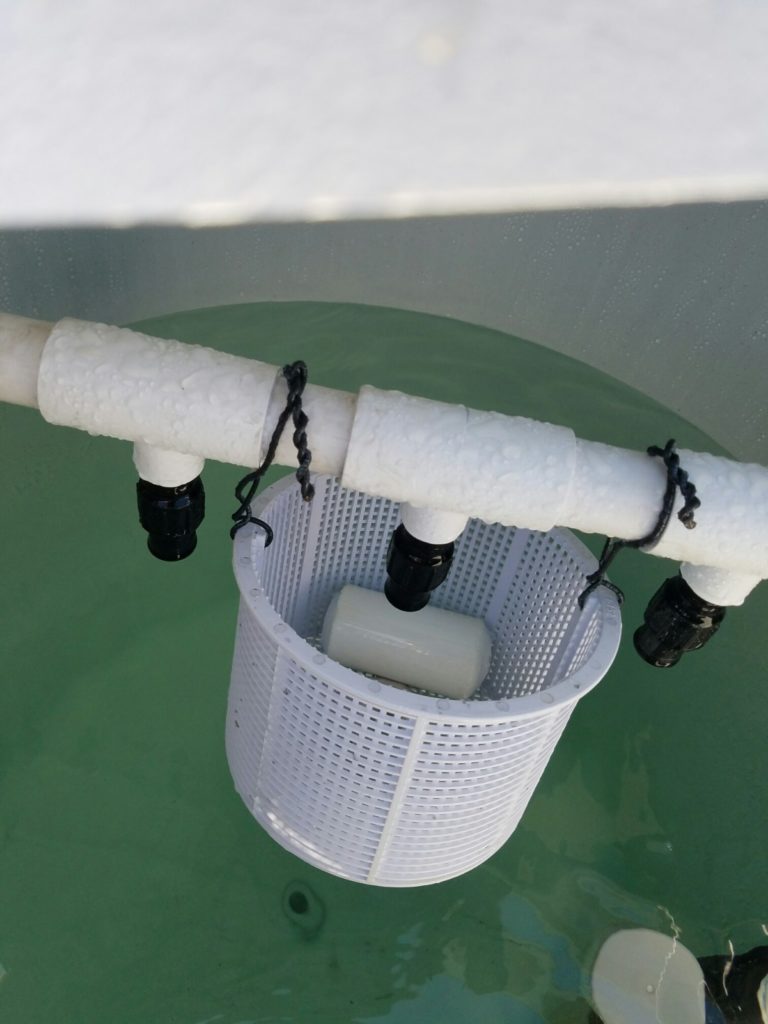







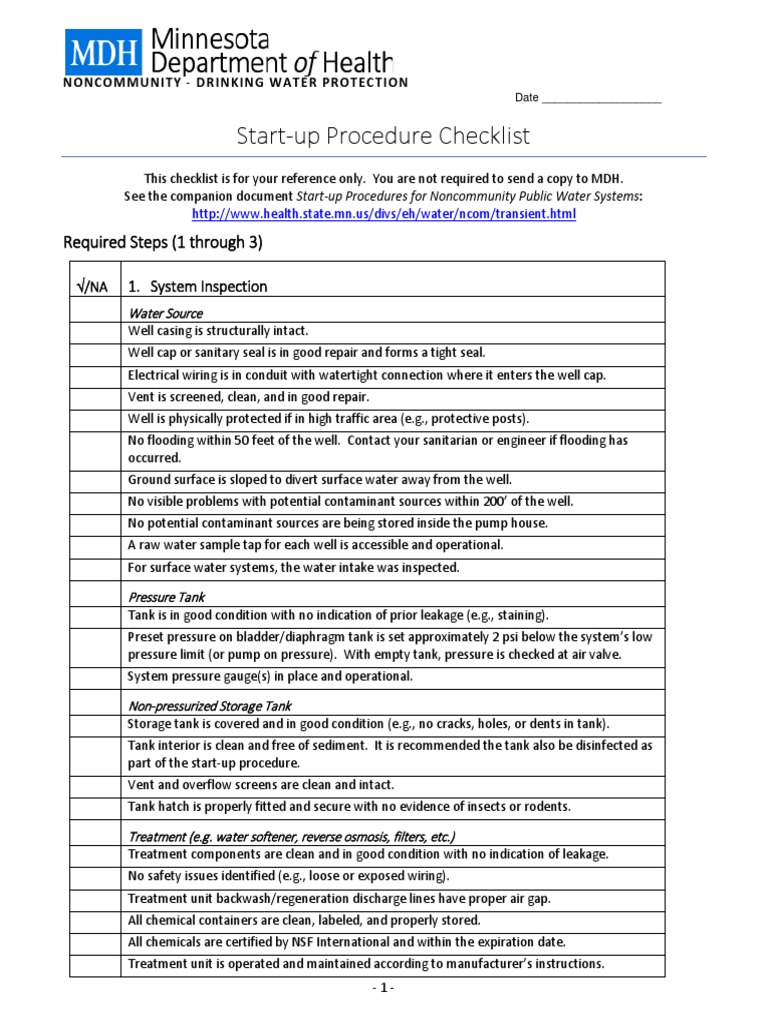


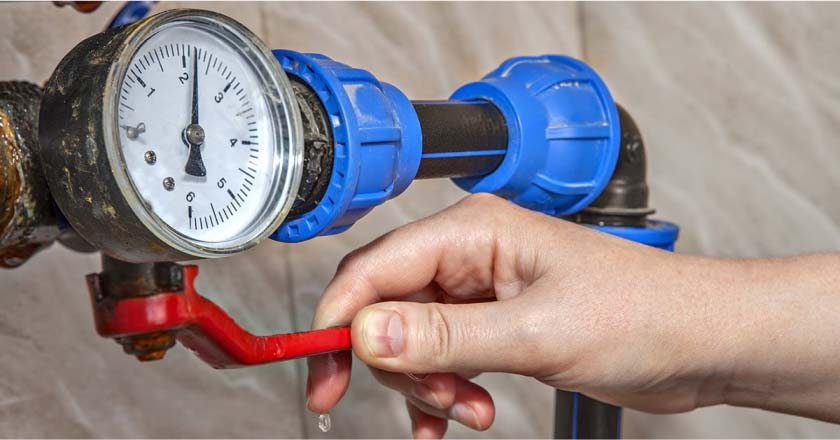
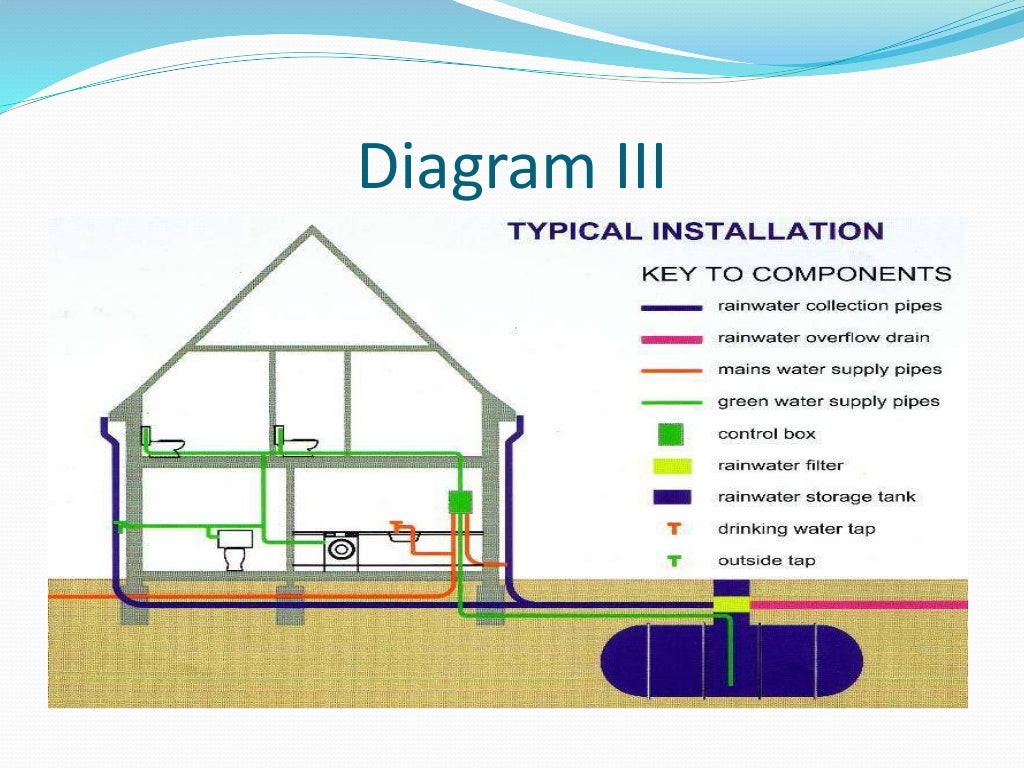



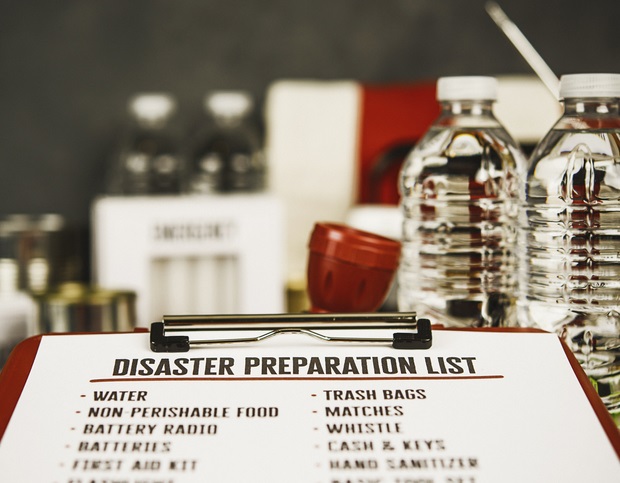

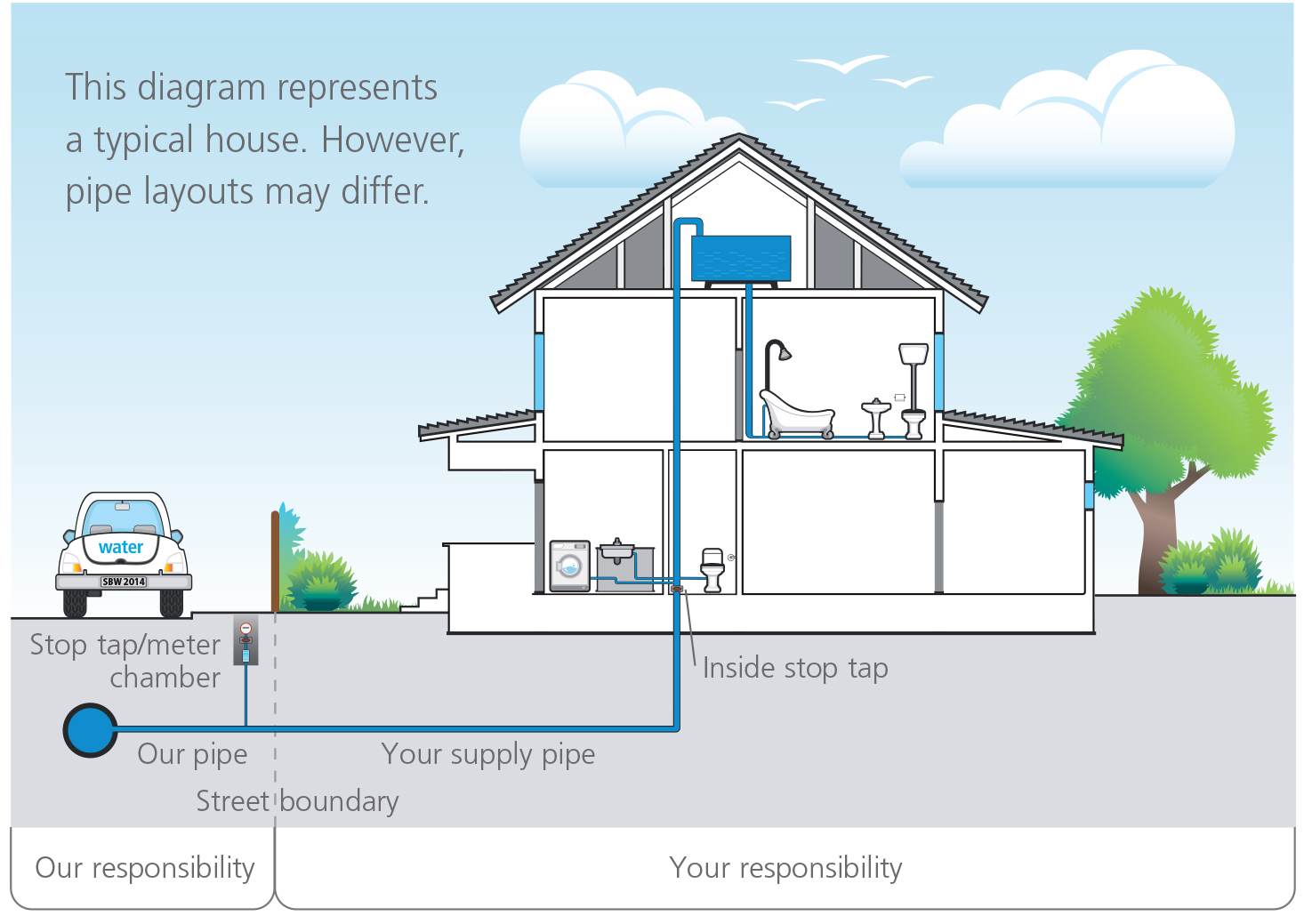


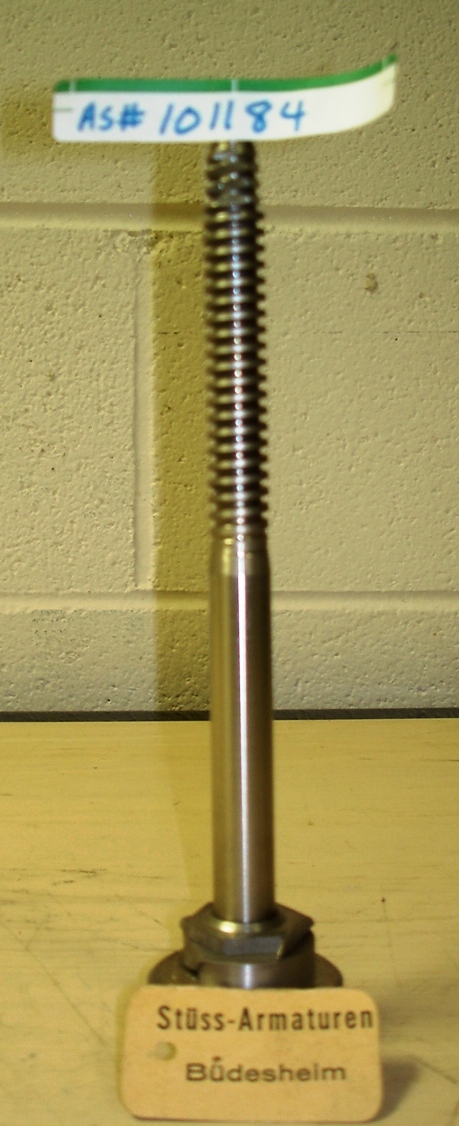
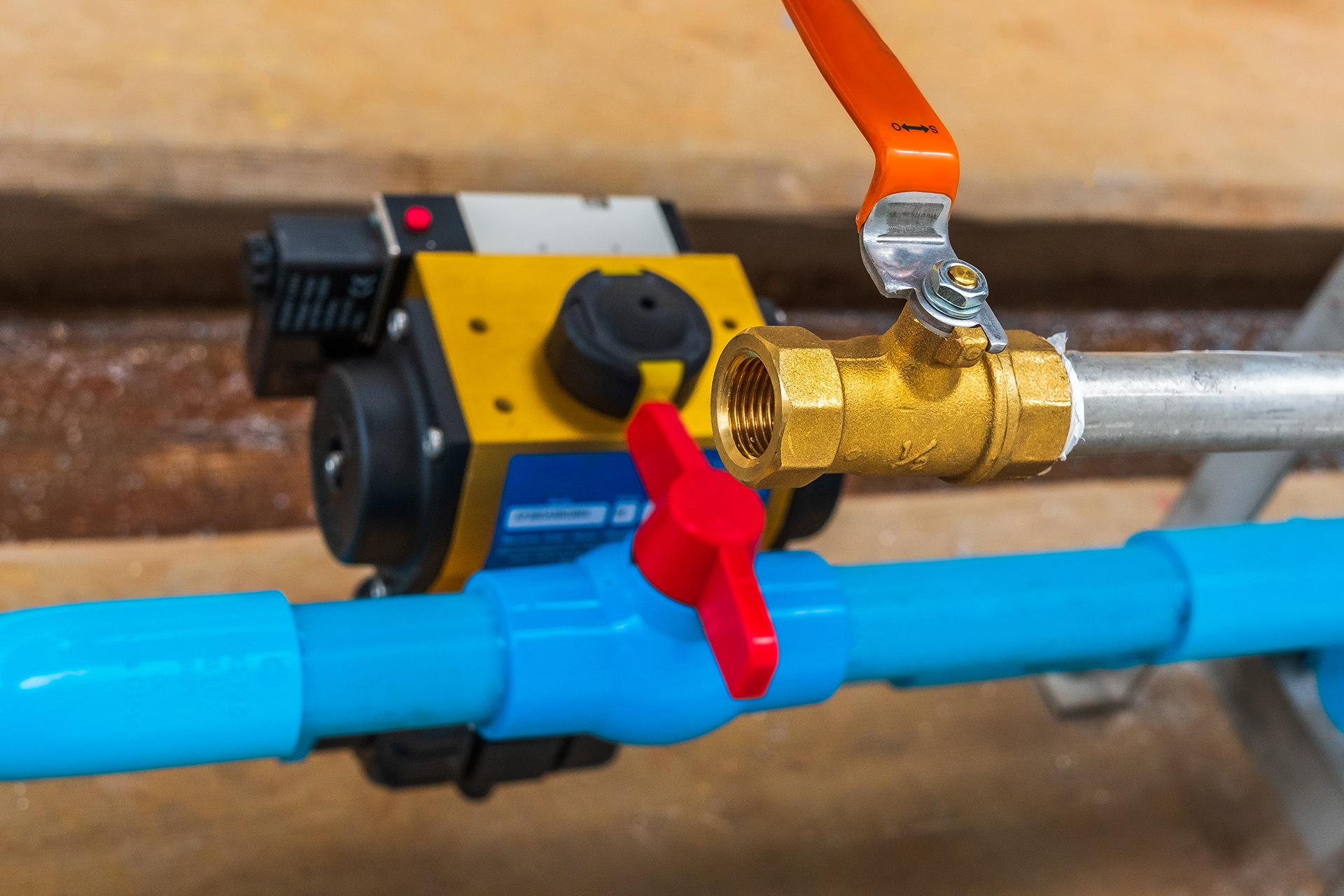
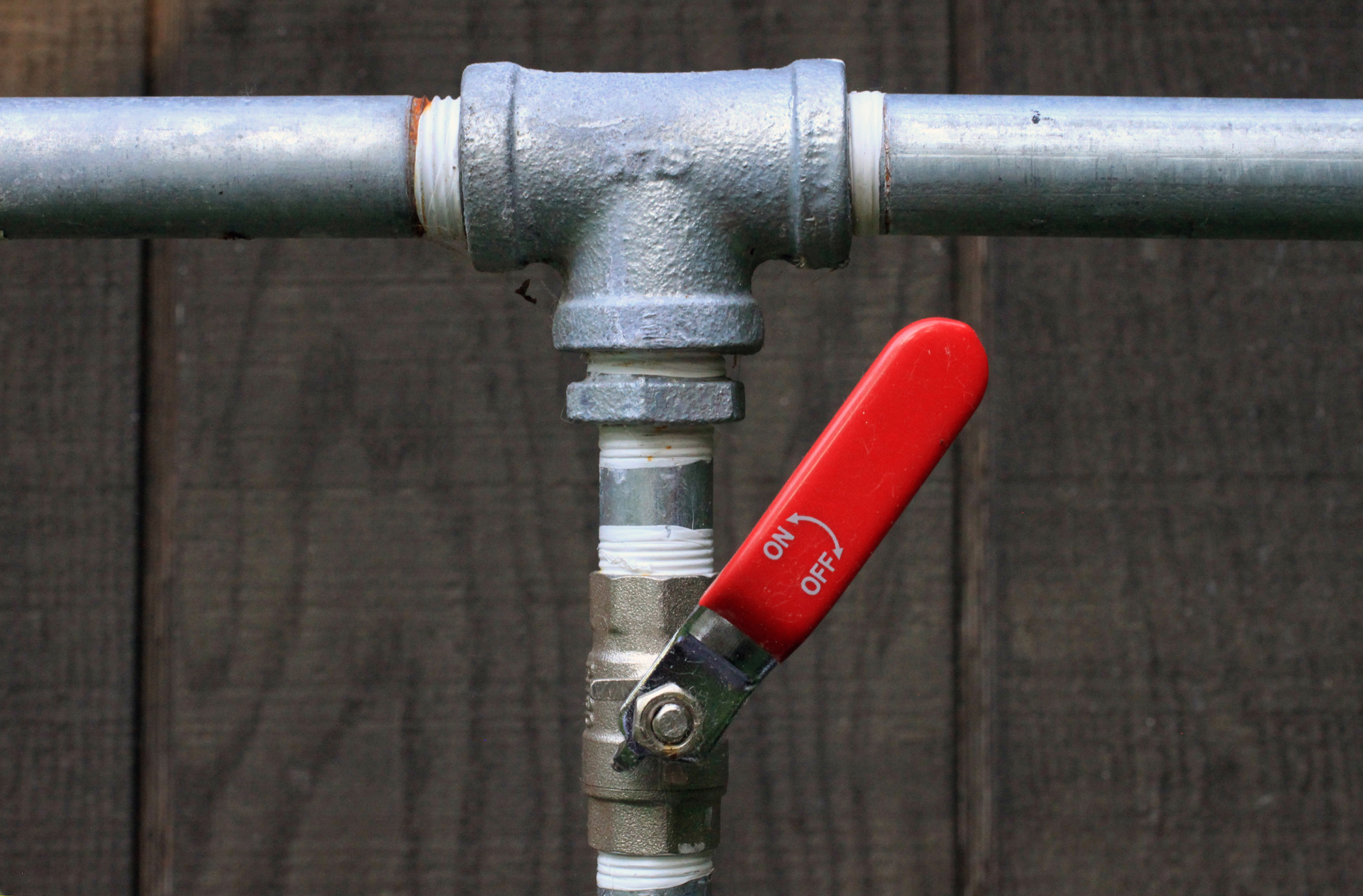


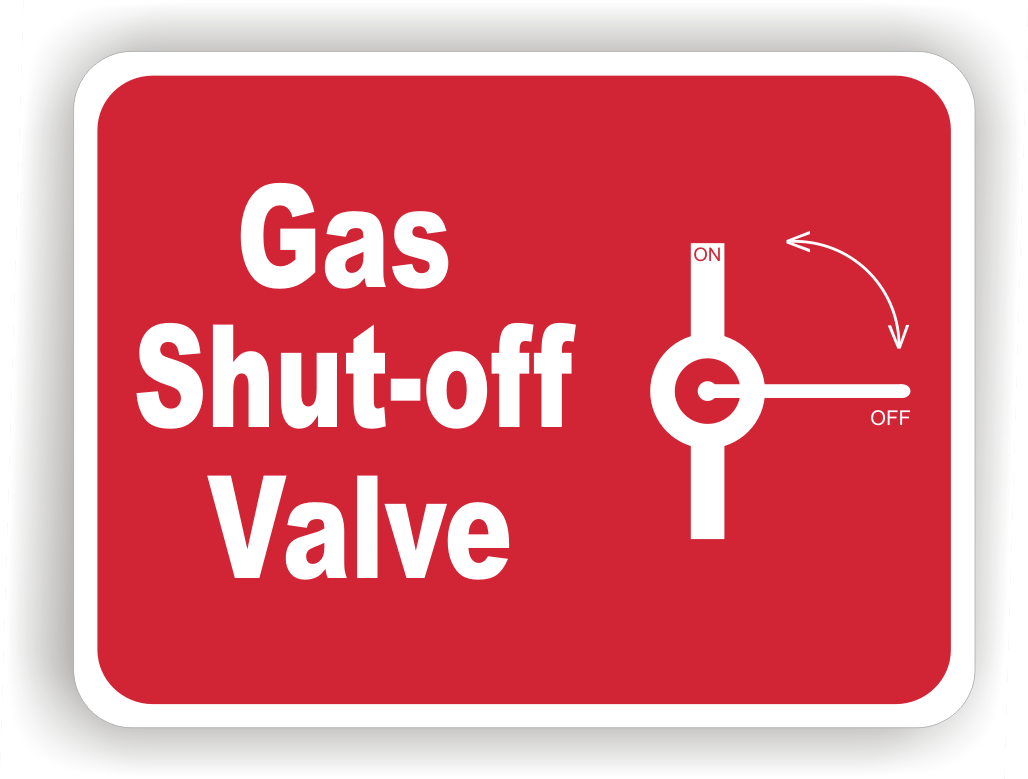

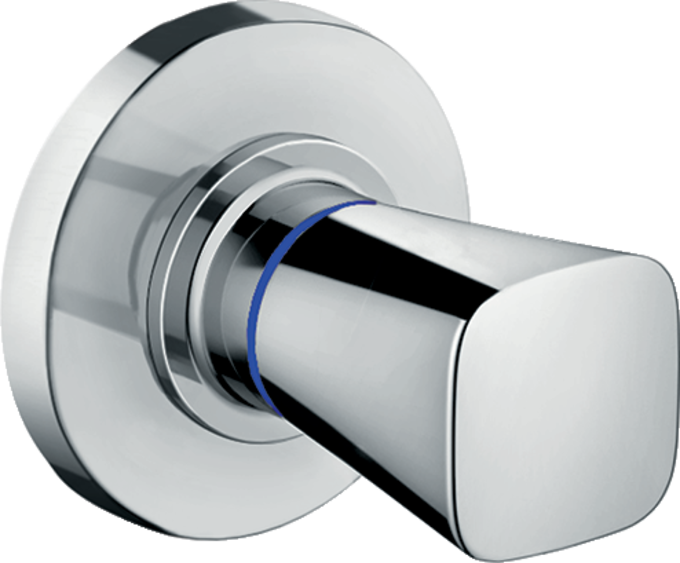



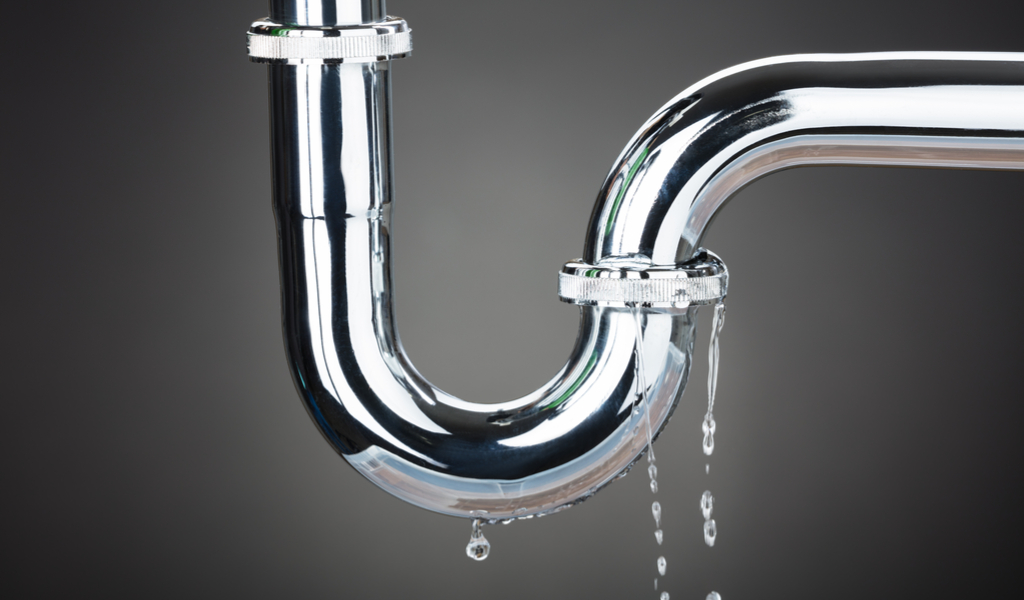




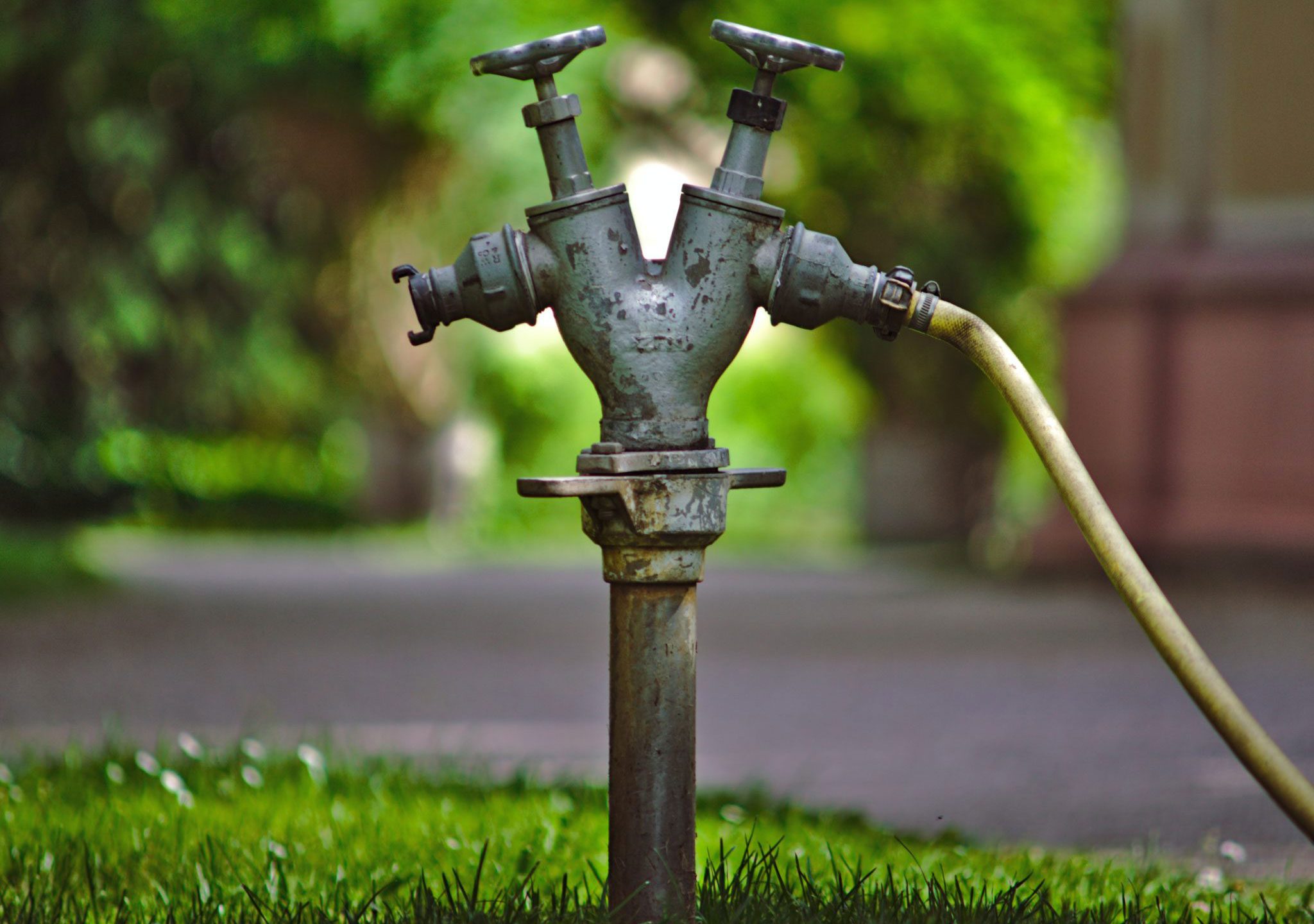

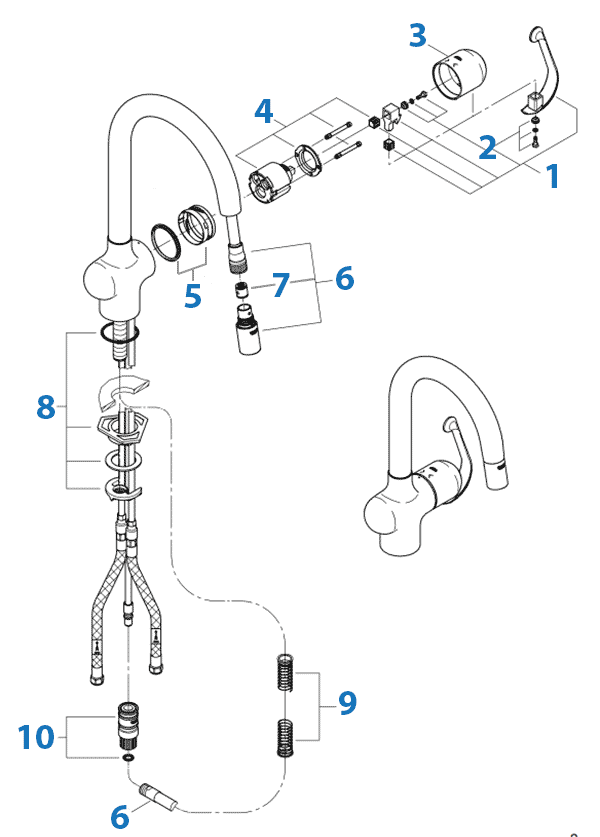




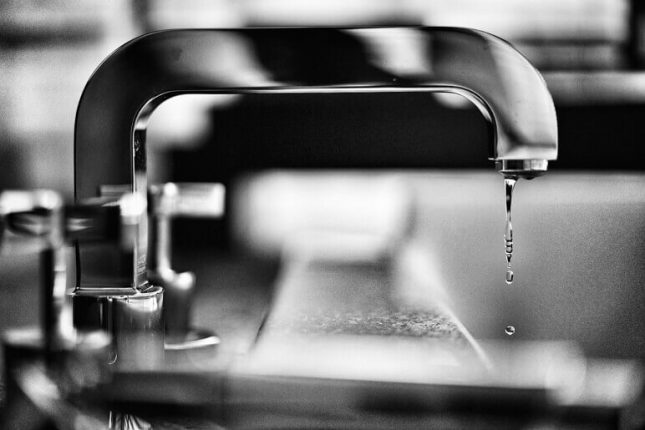





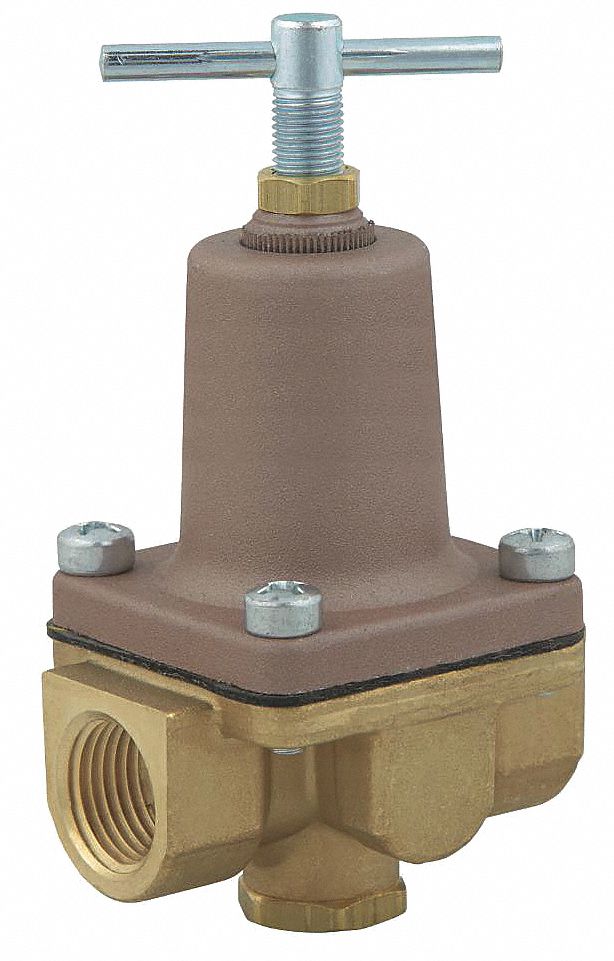
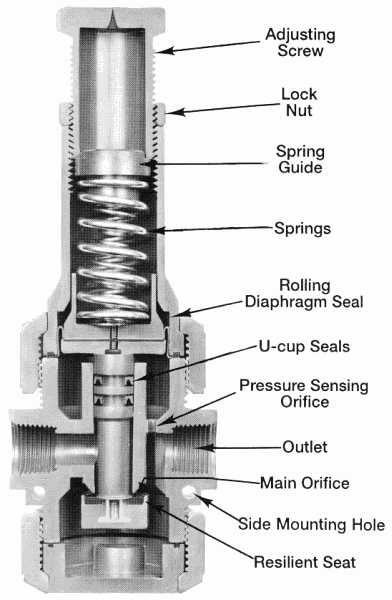
:max_bytes(150000):strip_icc()/the-men-s-hand-opens-the-ball-valve-on-the-collector-1006810456-5c5fc73fc9e77c000159c4af.jpg)







